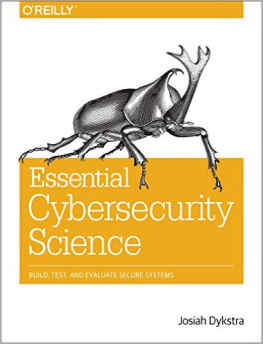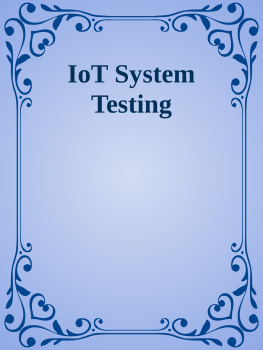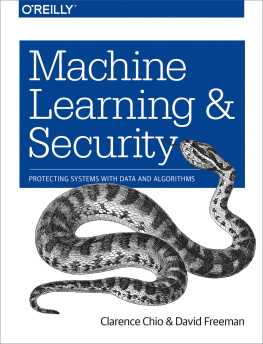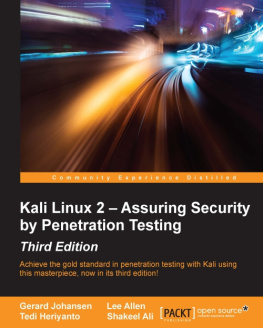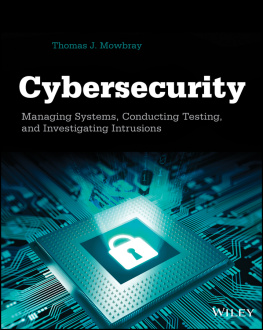Josiah Dykstra - Essential Cybersecurity Science: Build, Test, and Evaluate Secure Systems
Here you can read online Josiah Dykstra - Essential Cybersecurity Science: Build, Test, and Evaluate Secure Systems full text of the book (entire story) in english for free. Download pdf and epub, get meaning, cover and reviews about this ebook. year: 2016, publisher: OReilly Media, genre: Politics. Description of the work, (preface) as well as reviews are available. Best literature library LitArk.com created for fans of good reading and offers a wide selection of genres:
Romance novel
Science fiction
Adventure
Detective
Science
History
Home and family
Prose
Art
Politics
Computer
Non-fiction
Religion
Business
Children
Humor
Choose a favorite category and find really read worthwhile books. Enjoy immersion in the world of imagination, feel the emotions of the characters or learn something new for yourself, make an fascinating discovery.
- Book:Essential Cybersecurity Science: Build, Test, and Evaluate Secure Systems
- Author:
- Publisher:OReilly Media
- Genre:
- Year:2016
- Rating:4 / 5
- Favourites:Add to favourites
- Your mark:
Essential Cybersecurity Science: Build, Test, and Evaluate Secure Systems: summary, description and annotation
We offer to read an annotation, description, summary or preface (depends on what the author of the book "Essential Cybersecurity Science: Build, Test, and Evaluate Secure Systems" wrote himself). If you haven't found the necessary information about the book — write in the comments, we will try to find it.
If youre involved in cybersecurity as a software developer, forensic investigator, or network administrator, this practical guide shows you how to apply the scientific method when assessing techniques for protecting your information systems. Youll learn how to conduct scientific experiments on everyday tools and procedures, whether youre evaluating corporate security systems, testing your own security product, or looking for bugs in a mobile game.
Once author Josiah Dykstra gets you up to speed on the scientific method, he helps you focus on standalone, domain-specific topics, such as cryptography, malware analysis, and system security engineering. The latter chapters include practical case studies that demonstrate how to use available tools to conduct domain-specific scientific experiments.
- Learn the steps necessary to conduct scientific experiments in cybersecurity
- Explore fuzzing to test how your software handles various inputs
- Measure the performance of the Snort intrusion detection system
- Locate malicious needles in a haystack in your network and IT environment
- Evaluate cryptography design and application in IoT products
- Conduct an experiment to identify relationships between similar malware binaries
- Understand system-level security requirements for enterprise networks and web services
Josiah Dykstra: author's other books
Who wrote Essential Cybersecurity Science: Build, Test, and Evaluate Secure Systems? Find out the surname, the name of the author of the book and a list of all author's works by series.

